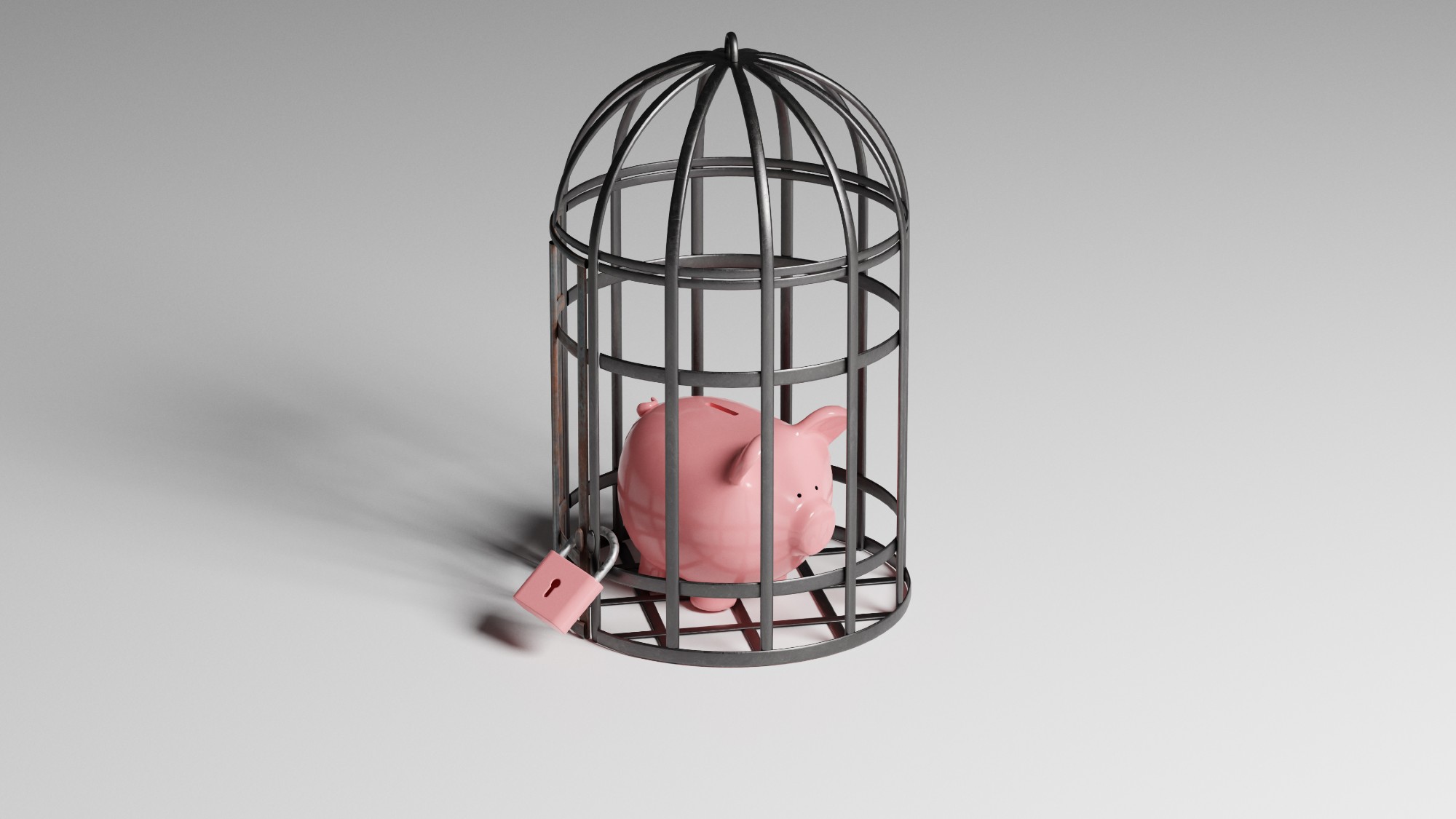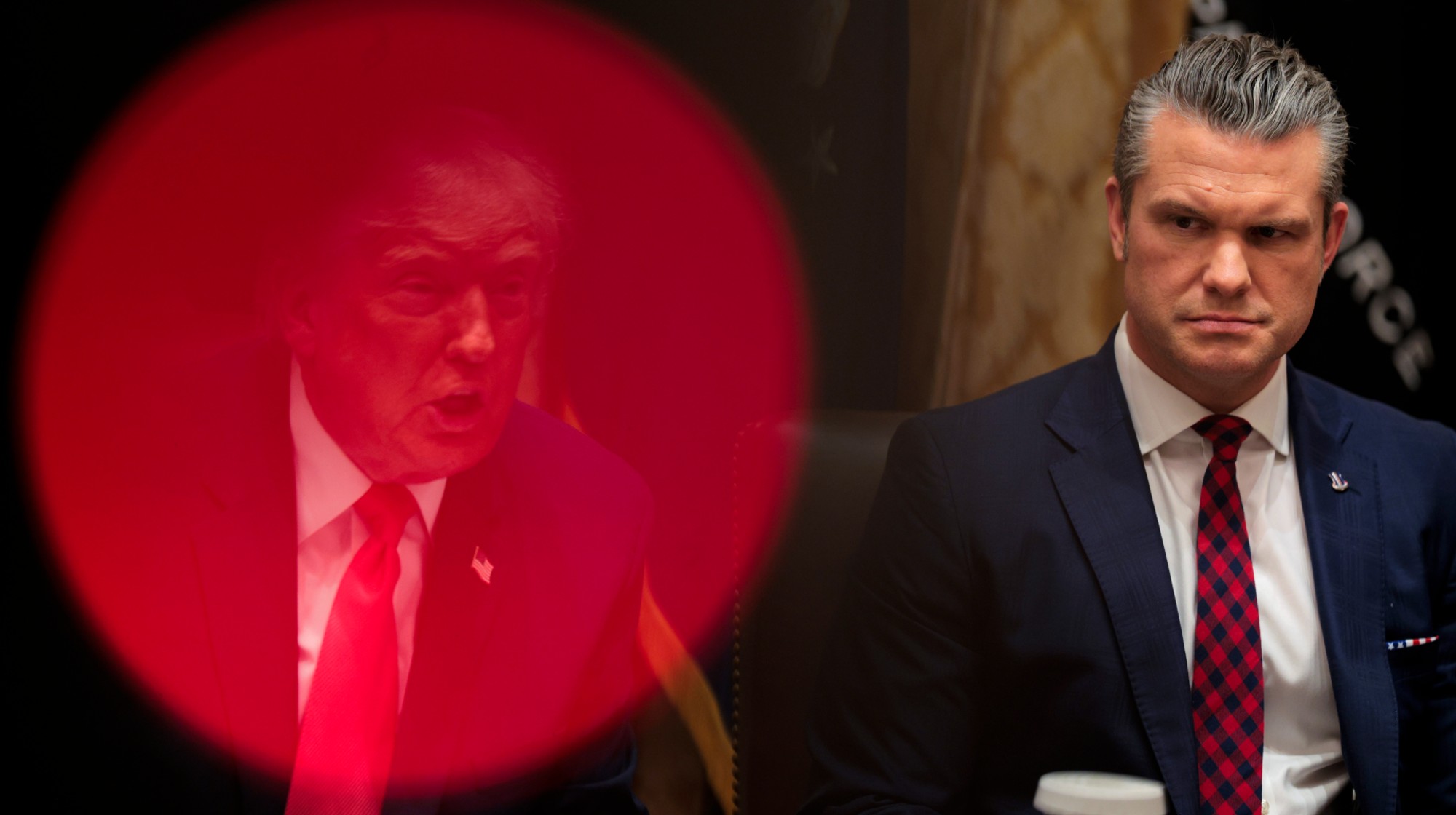What are the rules of a no-buy vs. low-buy year?
These two revised approaches to purchasing could help you save big


While technically you can make changes to your spending whenever you want, January is a common time to reevaluate habits. Two popular challenges that are emerging — as people nurture New Year's resolutions, make efforts toward more mindful consumption or struggle with leftover holiday debt — are the low-buy year and the no-buy year.
The names of these challenges mostly make evident what they entail, but if you want to put one of them into action, you will inevitably have some questions. What is the threshold for a low-buy? What happens if you end up needing to purchase something during a self-declared no-buy year?
Here is what to know about the general rules — and how you can adapt them for your own unique situation — if you are considering embarking on one of these two revised approaches to purchasing.
The Week
Escape your echo chamber. Get the facts behind the news, plus analysis from multiple perspectives.

Sign up for The Week's Free Newsletters
From our morning news briefing to a weekly Good News Newsletter, get the best of The Week delivered directly to your inbox.
From our morning news briefing to a weekly Good News Newsletter, get the best of The Week delivered directly to your inbox.
What is the difference between low-buy and no-buy?
As you may have guessed, "a no-buy period is more restrictive than a low-buy period," said CNBC Select. "With a no-buy period, you're only allowed to spend money on essential expenses like food, rent, transportation and healthcare," whereas with low-buy, "you can also spend money on discretionary expenses, but you set restrictions on certain areas of spending."
During a low-buy year, for example, "you might allow yourself to spend $100 on clothing over the year or eat out once a month," said Clever Girl Finance. Meanwhile, "during a strict, no-buy year, these purchases wouldn't be allowed."
The aims of these approaches are more or less the same: "not only to achieve your financial goals but to change your mindset around shopping," said CNBC Select. Ideally, "after your no-buy or low-buy period, you might be more intentional about your purchases and may be able to delay instant gratification by waiting to make new purchases."
What rules apply for a no-buy year?
While some may take no-buy as an opportunity to excise all non-essential spending, the approach does not necessarily "mean abstaining from all purchases, but rather picking specific categories to avoid," said The Washington Post.
A free daily email with the biggest news stories of the day – and the best features from TheWeek.com
To come up with a no-buy plan that makes the most sense for you, what matters is "knowing your vulnerabilities," said The Associated Press. Before imposing any rules, consider where you tend to spend the most and what any problem areas may be, then choose what to include or exclude.
It is also important to think about what timeframe will work for you. For some, a full year may feel like too much. Instead, "think about what's realistic," said CNBC Select — "will you be able to refrain from purchasing new clothing for an entire year or is three months more doable for you?"
What are the rules of a low-buy year?
To set up a low-buy challenge, "you create specific rules for yourself, which you must follow, but allow you some more flexibility," perhaps allowing yourself a certain amount to spend on clothing or meals out each month but refusing to go over that cap, said Clever Girl Finance.
Again, it helps to get familiar with your spending tendencies to employ this approach most effectively. "If you have a habit of ordering take-out three times a week, you will probably want to create a rule limiting that," while "for others, ordering take-out might not be a spending problem, so a rule limiting it wouldn't be very helpful," said Clever Girl Finance.
How can you set yourself up for success in spending less?
No matter what approach you choose, these tips can help you stay on track:
Know why you are doing it. Having a bigger picture goal in mind can help you stay on track, whether that's "paying off your student loan debt," realizing you have "accumulated more 'stuff' than you actually need" or wanting to "start investing for your child's education," said CNBC Select.
Avoid temptations. If you find yourself tempted by "pop-up promotions and influencers swooning over new merchandise," consider "taking a break from following accounts that bring on the urge to pull out a credit card" and unsubscribing from emails from particular brands, said the AP.
Give yourself some grace. Breaking habits is not easy, so remember that "unexpected expenses or weak moments happen to everyone, and it's OK if you don't follow your no-buy year rules exactly as you had planned," said the AP. Making the attempt can still make a difference.
Becca Stanek has worked as an editor and writer in the personal finance space since 2017. She previously served as a deputy editor and later a managing editor overseeing investing and savings content at LendingTree and as an editor at the financial startup SmartAsset, where she focused on retirement- and financial-adviser-related content. Before that, Becca was a staff writer at The Week, primarily contributing to Speed Reads.
-
 Why is Trump’s alleged strike on Venezuela shrouded in so much secrecy?
Why is Trump’s alleged strike on Venezuela shrouded in so much secrecy?TODAY'S BIG QUESTION Trump’s comments have raised more questions than answers about what his administration is doing in the Southern Hemisphere
-
 Vance’s ‘next move will reveal whether the conservative movement can move past Trump’
Vance’s ‘next move will reveal whether the conservative movement can move past Trump’Instant Opinion Opinion, comment and editorials of the day
-
 Why recognizing Somaliland is so risky for Israel
Why recognizing Somaliland is so risky for IsraelTHE EXPLAINER By wading into one of North Africa’s most fraught political schisms, the Netanyahu government risks further international isolation
-
 4 tips to safeguard your accounts against data breaches
4 tips to safeguard your accounts against data breachesThe Explainer Even once you have been victimized, there are steps you can take to minimize the damage
-
 Received a windfall? Here is what to do next.
Received a windfall? Here is what to do next.The Explainer Avoid falling prey to ‘Sudden Wealth Syndrome’
-
 How to save more for retirement next year
How to save more for retirement next yearthe explainer Secure yourself a suitable nest egg
-
 Received a gift card this holiday season? Here’s how to maximize it.
Received a gift card this holiday season? Here’s how to maximize it.The Explainer Make the most of your present
-
 Who will the new limits on student loans affect?
Who will the new limits on student loans affect?The Explainer The Trump administration is imposing new limits for federal student loans starting on July 1, 2026
-
 3 ways to reduce the cost of owning a car
3 ways to reduce the cost of owning a carthe explainer Despite the rising expense of auto insurance premiums and repairs, there are ways to save
-
 How to shop smarter with a grocery budget
How to shop smarter with a grocery budgetThe Explainer No more pushing your cart down the aisles on autopilot
-
 What will next year’s housing market look like?
What will next year’s housing market look like?The Explainer Here is what to expect from mortgage rates and home prices in 2026
